Top Things to Know Before Buying Easy Houseplants: A Guide to Greener Living
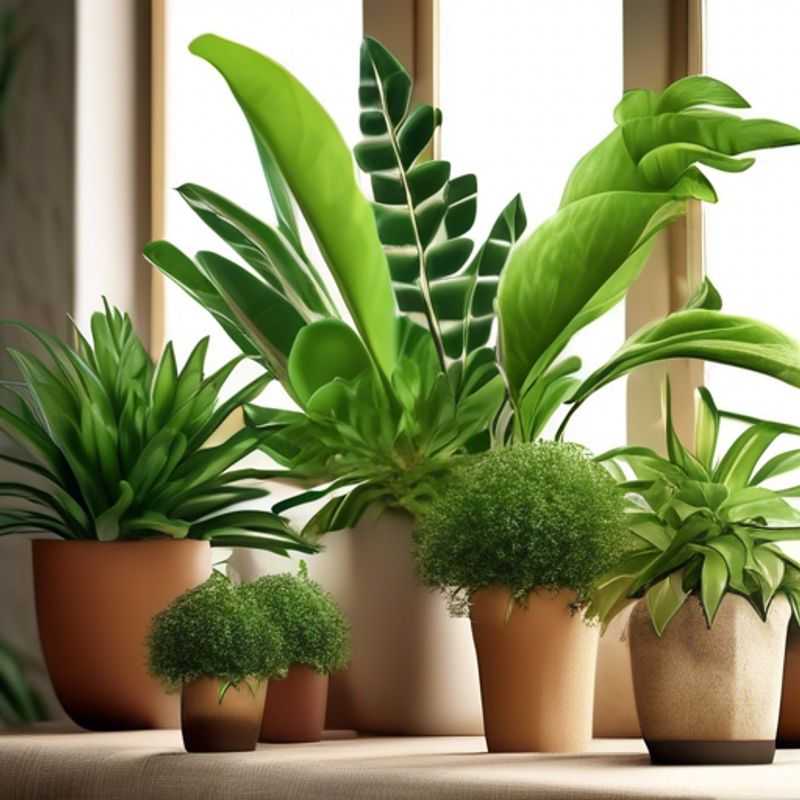
Essential Considerations for Easy Houseplant Success: Lighting, Watering, Care Level, Size, Temperature, Soil, and Maintenance
Embarking on the journey of bringing greenery into your home is an exciting endeavor, and choosing the right houseplants can make all the difference. While the allure of lush foliage is undeniable, it's crucial to consider a few key factors before welcoming a new plant into your space. Let's delve into the world of easy houseplants, exploring the most important aspects to keep in mind.
Determine the lighting requirements of the plant based on your homes conditions.

Unveiling Your Plant's Light Needs: Matching Conditions to Growth
Determining the right lighting for your indoor plants is like finding the sweet spot for their growth, a crucial step for ensuring they thrive in your home. Different plants have different needs, much like people! Some bask in the sun, while others prefer a more subdued environment.
The key is to understand the light requirements of your plants. Look up their specific needs online or on the plant tag – it’s usually labeled as high light, medium light, or low light.
To assess your home’s lighting conditions, think about where you’re placing your plant. South-facing windows offer the most direct sunlight, while north-facing windows are less bright, providing more indirect light. East-facing windows offer a good balance, providing bright morning sun. And remember, the higher the plant is, the more light it will receive.
If you’re unsure, a simple trick is to feel the temperature of the windowpane. Warm windows usually indicate brighter sunlight, while cool windows suggest less light.
Ultimately, the best way to determine the right lighting for your plants is to experiment and observe. If you see signs of stress like wilting leaves or yellowing, consider adjusting the plant's location or supplementing with grow lights. Remember, just like any good relationship, it takes a little trial and error to find the perfect balance.

Watering Wisdom: Unlocking the Secrets to Thriving Plants and Avoiding Overwatering
Overwatering is a common problem that can lead to root rot, fungal diseases, and even death for your plants. To prevent this, it's crucial to research the watering needs of your specific plants. Consider factors like plant type, soil type, pot size, and climate.
Start by researching the plant's native habitat. Plants from dry regions usually need less water than those from humid areas. Also, pay attention to the soil type. Sandy soil drains quickly, requiring more frequent watering than clay soil, which retains moisture.
Don't rely solely on a fixed watering schedule. Instead, check the soil moisture with your fingers or a moisture meter. Water only when the top inch of soil feels dry.
Another crucial tip is to choose pots with drainage holes. This allows excess water to escape, preventing root rot. When watering, ensure the water drains freely.
Remember, overwatering is a common mistake, but with a little research and careful monitoring, you can provide your plants with the right amount of water and keep them thriving. Don't be afraid to seek advice from experienced gardeners or local nurseries.
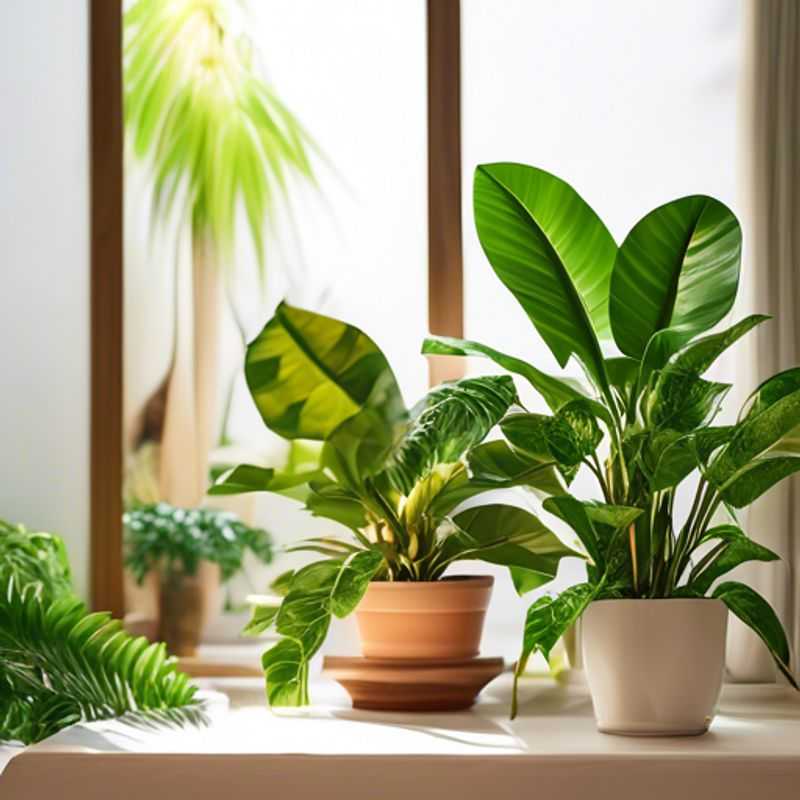
Green Thumbs Not Required: Choosing Low-Maintenance Plants for Your Home
Starting your gardening journey can be exciting, but choosing the right plants is crucial. Consider your skill level and time commitment when selecting plants. Don't be tempted by exotic or delicate species if you're a beginner. Opt for hardy, low-maintenance plants that thrive with minimal care.
Succulents are excellent choices for beginners. They require infrequent watering and can tolerate neglect. Snake plants, ZZ plants, and peace lilies are also known for their resilience and ability to tolerate low light conditions. If you have a green thumb, you can explore more demanding plants, but starting with easy-care options will help you build confidence and enjoy the process.
When selecting plants, consider your local climate and growing conditions. Some plants thrive in full sun, while others prefer shade. Research the specific needs of each plant to ensure they are suitable for your environment. You may need to invest in soil amendments or specialized pots to cater to their requirements.
Consult with local garden centers or nurseries for advice on suitable plants for your area. They can also help you identify potential pests and diseases and provide tips for preventing them. Remember, starting with easy-care plants can set you up for success and make your gardening experience more enjoyable.
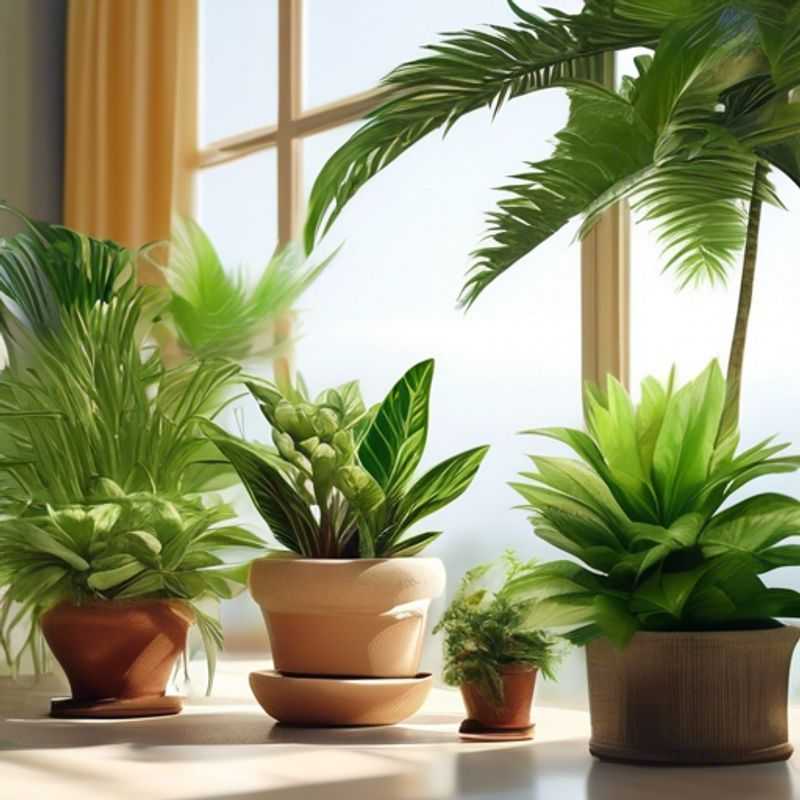
Choosing the Right Plant Size for Your Home: A Guide to Harmony and Happiness
Selecting the right plant for your home involves a lot of factors, but one of the most important ones is considering the size of the plant and the available space. This might seem obvious, but it's a crucial step that many people overlook. A small plant might seem like a great idea initially, but it could become a behemoth over time, taking up valuable space. On the other hand, a large plant could become cramped in a smaller space, hindering its growth and potentially causing issues.
The key is to strike a balance. When choosing a plant, consider the size of the pot it will be placed in and how much space it will need to grow. Also, think about the room's size, the amount of sunlight it receives, and your personal preferences. Don't be afraid to ask for advice from a knowledgeable plant expert or visit a local nursery, they can help you make informed decisions.
It's important to note that some plants are more suited to specific environments than others. For example, a sprawling vine might be perfect for a large space but might not fare well in a small room with limited lighting. Researching the specific needs of each plant before purchasing it is essential for ensuring its healthy growth and your enjoyment of the plant.
In conclusion, while selecting plants can be a fun and rewarding experience, taking the time to consider the size of the plant and the available space is essential for a fulfilling experience. By doing so, you'll not only choose the right plant for your home, but also create a beautiful and thriving environment for yourself and your plants.
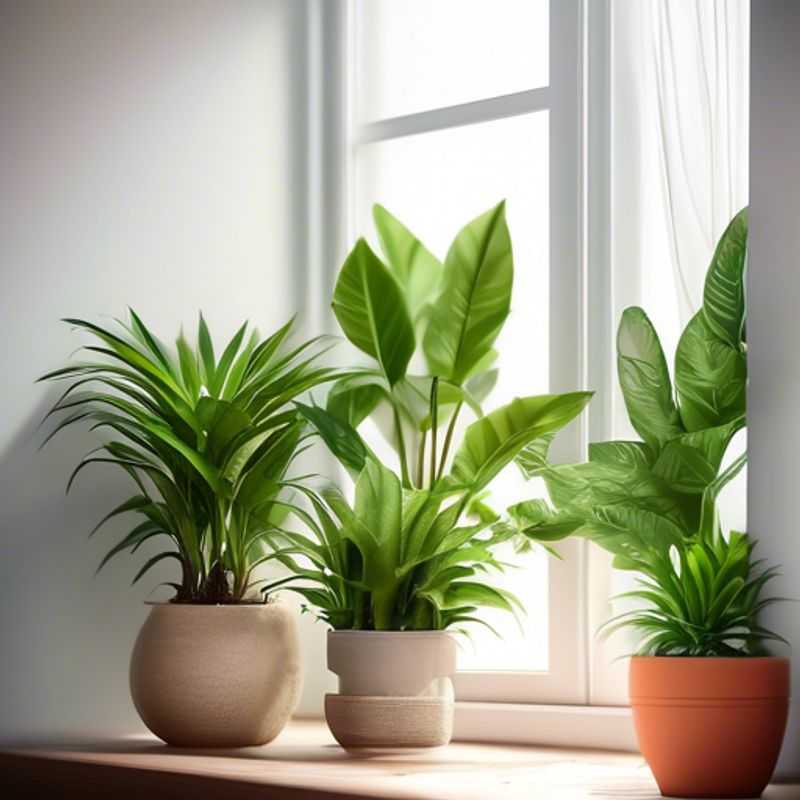
Unlocking Plant Happiness: Ideal Temperature and Humidity Levels
Plants thrive in specific temperature and humidity ranges. Understanding these ranges is crucial for optimal plant health and growth.
The ideal temperature for most plants is between 65°F and 75°F. However, some plants, like succulents, prefer warmer temperatures, while others, like ferns, thrive in cooler environments. It's essential to research the specific requirements of your plant species.
Humidity also plays a vital role in plant well-being. Most plants prefer a humidity level of 40% to 60%. Low humidity can lead to wilting and browning of leaves, while excessive humidity can cause fungal diseases. Using a humidifier or placing plants near a water source can help maintain adequate humidity.
Monitoring temperature and humidity levels is crucial. Using a thermometer and a hygrometer will give you accurate readings. Additionally, consider the environment your plant is in. For example, a plant placed near a window may experience significant temperature fluctuations.
Remember, these are general guidelines. Always research the specific temperature and humidity requirements of your plants for optimal growth and flourishing.
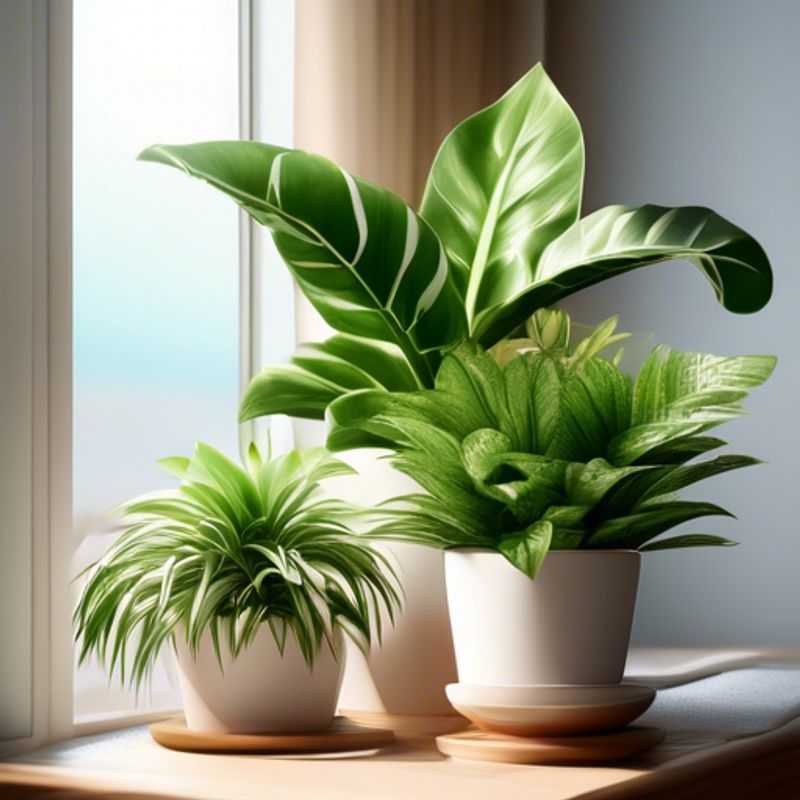
Unlocking Plant Happiness: Understanding Soil Requirements and Choosing the Perfect Potting Mix
Choosing the right potting mix is crucial for healthy plant growth. Understanding your plant's specific soil requirements is the first step. Some plants prefer well-draining, sandy soil, while others thrive in rich, moisture-retentive soil. Research your plant's needs before purchasing a mix.
Potting mixes come in various formulations, each catering to different needs. Look for mixes tailored to your plant type - general-purpose mixes work for many plants, while specialized blends exist for succulents, orchids, or vegetables.
Pay attention to the ingredients listed on the packaging. A good mix typically includes a blend of peat moss, compost, perlite, and vermiculite. These components contribute to aeration, drainage, and nutrient retention. Avoid mixes with high peat content as it's an unsustainable resource.
Consider adding amendments to tailor the mix further. For example, adding compost to a pre-made mix can increase nutrient content. Be mindful of the pH levels, as some plants require acidic or alkaline soil.
Repotting is a good time to assess the soil's condition and replace it with fresh mix. Regularly check the soil's moisture level and adjust watering based on your plant's needs. With the right mix and proper care, your plants will flourish!
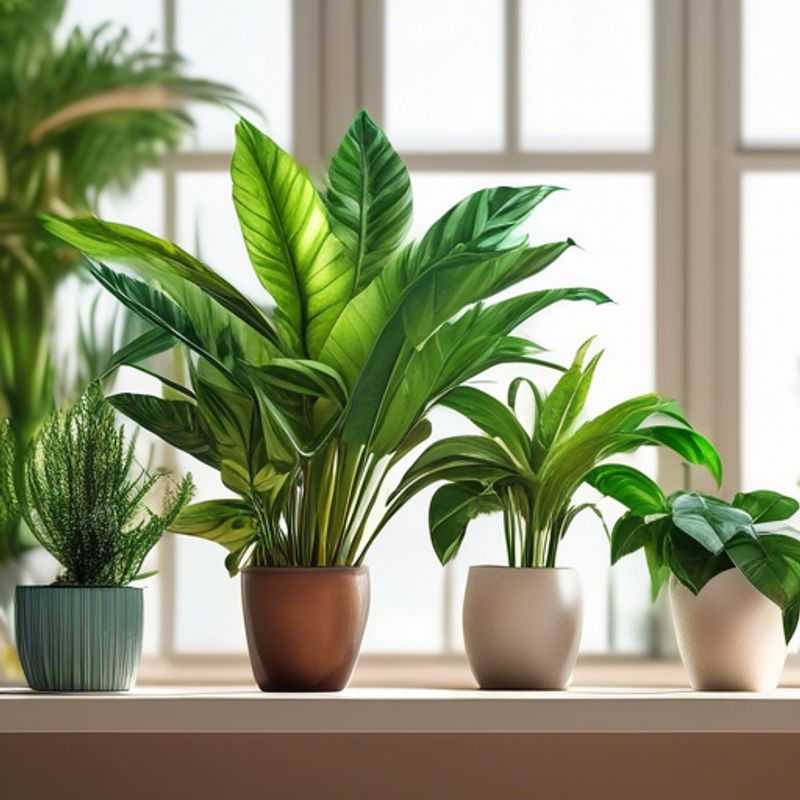
Plant Parenthood: Embracing the Care and Maintenance Journey
Providing the necessary care and maintenance for a plant is crucial for its health and longevity. It involves understanding the plant's specific needs and providing the appropriate conditions for its growth. Key factors to consider include:
Light: Plants require different amounts of sunlight. Some prefer direct sunlight, while others thrive in shaded areas. Knowing your plant's light requirements is essential for its healthy growth.
Watering: Overwatering or underwatering can be detrimental to your plant. Establish a consistent watering schedule, taking into account factors like the plant's size, the season, and the type of soil. Check the soil moisture before watering to avoid overwatering.
Soil: The right soil mixture provides essential nutrients and drainage for your plant. Choose a soil type specifically designed for your plant's needs, and consider repotting with fresh soil as needed.
Fertilizer: Plants need nutrients to thrive. A balanced fertilizer can supplement the soil's natural nutrients. Apply fertilizer according to the plant's specific requirements and the manufacturer's instructions.
Pests and Diseases: Regularly inspect your plant for any signs of pests or diseases. If you detect any problems, take immediate action to prevent further damage. Consult a gardening expert or online resources for treatment options.
Pruning: Regular pruning can help maintain your plant's shape and encourage healthy growth. Learn the correct pruning techniques for your specific plant species.
Temperature and Humidity: Some plants thrive in specific temperature and humidity ranges. Consider your plant's preferred conditions and adjust your environment accordingly.
Remember that every plant has unique needs. It is essential to research your specific plant and provide the necessary care to ensure its health and beauty.
